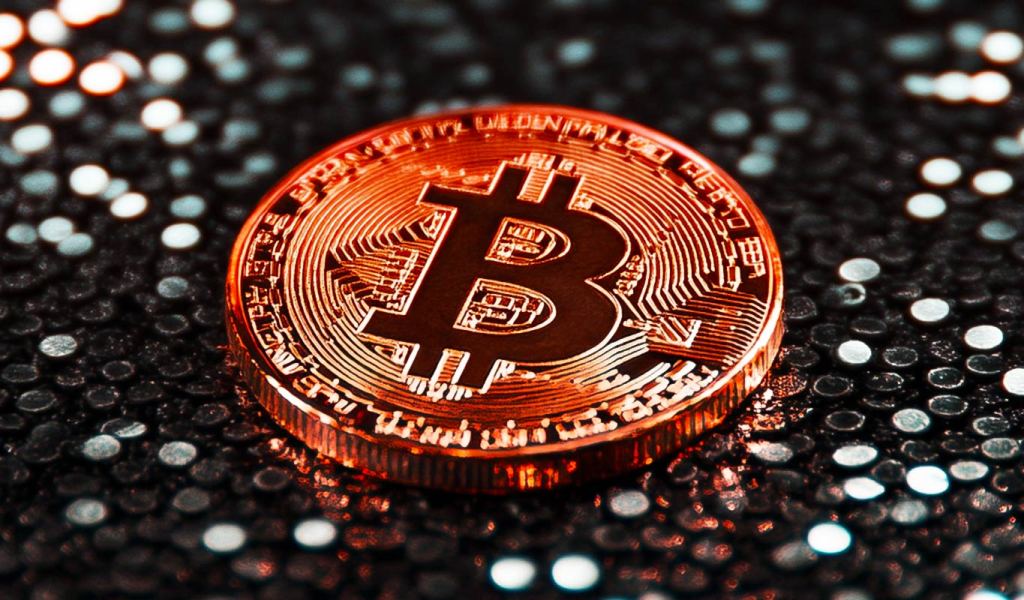
Decentralized Exchanges Won’t Go Too Far Without Capital Efficiency
HodlX Guest Post Submit Your Post
One main goal of investing is to ensure that your money works for you at all times, whether that’s through a savings account you barely look at or through high-activity stock trading.
In the past, a savings account yielding 10 percent was a reliable and safe option for many people. However, today’s financial landscape paints a different picture.
Pursuing meaningful returns has redirected investor focus away toward solutions powered by blockchain and DeFi (decentralized finance).
However, for a DEX (decentralized exchange), the quest for optimal capital efficiency extends beyond blockchain networks.
And without a way to meaningfully solve challenges like fee spikes, liquidity bottlenecks and market inefficiencies, DEXs are destined to fail.
In this scenario, the critical question is hat capital inefficiency challenges are unique to DEXs, and how can developers ensure that resources are allocated appropriately to address these gaps?
DEX liquidity woes
To begin, we must look at LPs (liquidity providers), who have a nuanced reality within DEXs. LPs often engage on decentralized platforms with expectations that may not come to fruition.
Of course, they aim to earn more than their initial stake through trading fees and potential incentives.
However, LP profitability is typically influenced by a broad range of factors that are mostly outside their control.
For example, market conditions, fluctuating prices and varying demand can impact trading volume, directly affecting the fees LPs earn.
High trading volumes typically lead to higher returns, but market downturns can result in reduced activity and lower fees.
More specifically, LPs face significant risk as the value of their assets can vary due to price discrepancies.
During highly volatile times, LPs can lose against traders as generated fees cannot compensate for impermanent loss.
Therefore, DEXs must focus on positioning LPs for long-term success, enhancing their exposure over time.
Another critique of decentralized platforms centers on price impacts, yet the price scrutiny of CEXs (centralized exchanges) is relatively minimal in comparison.
For example, Uniswap’s version two AMM (automated market maker) model was capital inefficient, leading to LPs losing out to traders.
Despite the growing popularity of DEXs, most trading activity still occurs on centralized exchanges, with significant liquidity flowing between the two.
Traders often overpay on CEXs, benefiting arbitrage traders who transfer liquidity between the platforms.
This dynamic highlights the challenges DEXs face in delivering on the enhanced liquidity and lower trade costs traders are promised.
While DEXs offer unique opportunities for LPs to engage in DeFi, the process isn’t straightforward.
And if DeFi platforms ever want to fulfill their potential for capital efficiency, its developers must immediately refine certain features.
How to shift toward capital efficiency
Simply put, LPs need access to more flexible liquidity-providing solutions to utilize capital more efficiently.
Currently, many LPs participate in long-term liquidity provision, spreading their assets out across wide price ranges.
For example, imagine a pool for Solana and USDC where an LP spreads liquidity from zero dollars to infinity.
Some liquidity is reserved for a price range from zero to one dollar, while some is also reserved for $100,000 to $1 million.
Since Solana’s price is unlikely to fall into the two corresponding price ranges, the reserved liquidity for the given price range is never used. Therefore, the capital is not earning any APY (annual percentage yield ).
LPs can also benefit from concentrated liquidity to optimize asset provision as it allows them to earn greater returns while ensuring efficient capital productivity.
If we follow the example above, this approach would allow LPs to convert Solana assets to USDC by leveraging funds allocated to liquidity pools.
Fixing the gaps in DEX systems requires addressing LP’s desire for flexibility in options as well.
By offering a range of risk-return options, LPs can be better served by varying levels of risk tolerance, which improves overall capital efficiency.
Virtual-margin liquidity represents a new risk-return choice that would fall into this category.
While it may initially yield lower earnings for traditional LPs, it also reduces their risk, while virtual-margin providers take on the risk in exchange for higher rewards.
Employing mean-reversion strategies capitalizing on asset prices returning to normal levels while mitigating volatility can also enhance capital efficiency.
This approach may benefit traders and LPs who have concentrated their assets, potentially bolstering efficiency for DEX LPs.
While centralized authorities have historically outperformed their decentralized counterparts, DEXs are evolving to address these challenges and attract a broader use base seeking the benefits of decentralization.
However, enhancing capital efficiency requires significant advancements in its current operational processes.
By focusing on specific areas, DEXs can both improve the user experience and create greater confidence among LPs, driving higher participation and growth.
Kilian Peter Krings is the CEO of Stabble, a Solana-based liquidity and trading layer. Kilian leads the protocol with extensive experience in the decentralized and traditional finance sectors. With a proven track record of advising over 15 crypto projects and co-creating an IDO launchpad, Kilian utilizes his expertise across the blockchain ecosystem to power Stabble’s growth and development.
Follow Us on Twitter Facebook Telegram

Disclaimer: Opinions expressed at The Daily Hodl are not investment advice. Investors should do their due diligence before making any high-risk investments in Bitcoin, cryptocurrency or digital assets. Please be advised that your transfers and trades are at your own risk, and any loses you may incur are your responsibility. The Daily Hodl does not recommend the buying or selling of any cryptocurrencies or digital assets, nor is The Daily Hodl an investment advisor. Please note that The Daily Hodl participates in affiliate marketing.
The post Decentralized Exchanges Won’t Go Too Far Without Capital Efficiency appeared first on The Daily Hodl.
Go to Source
Author: Kilian Peter Krings









